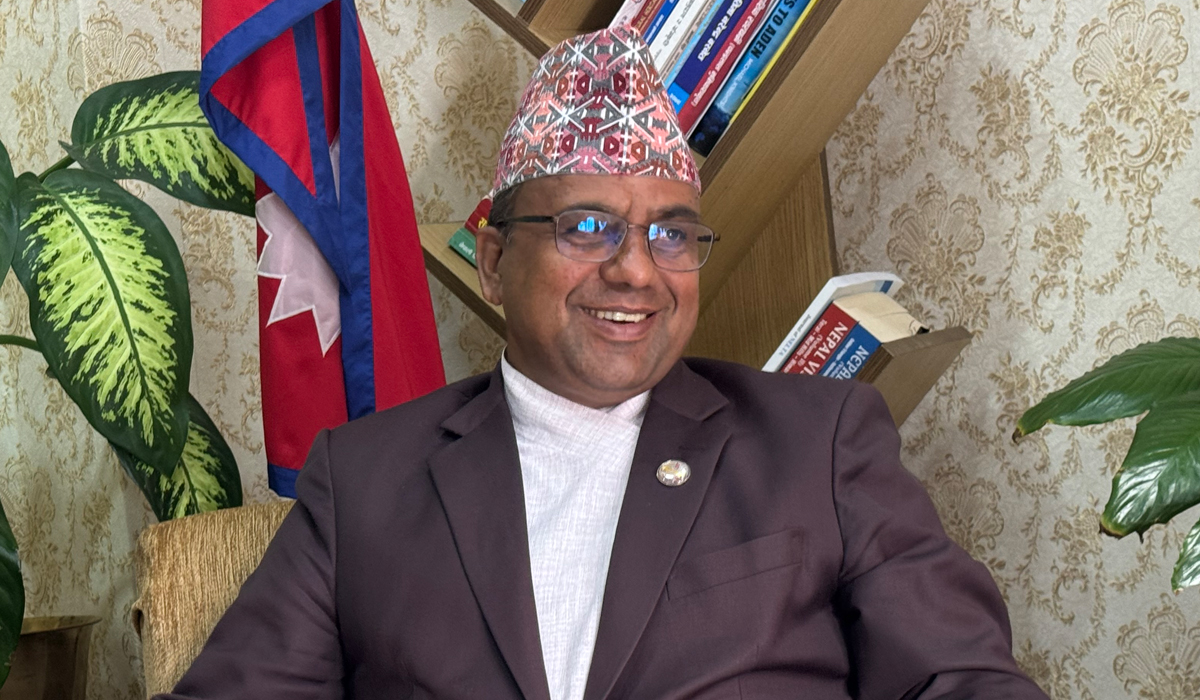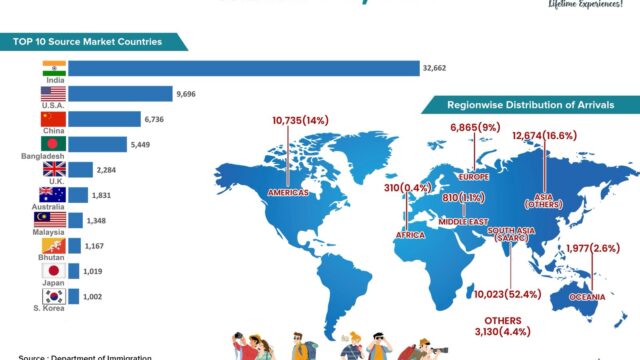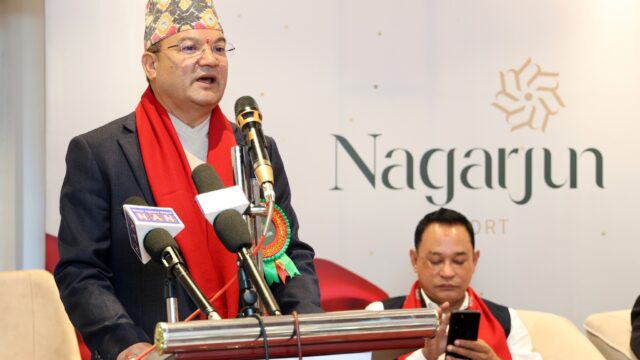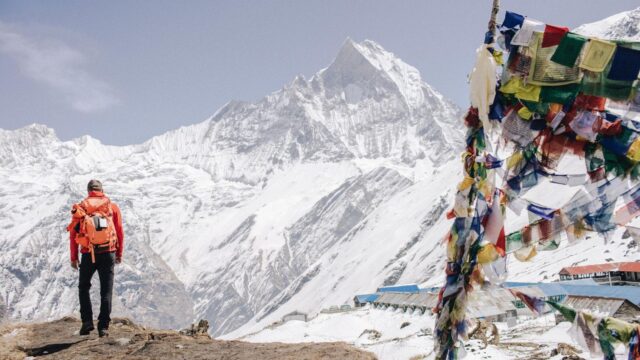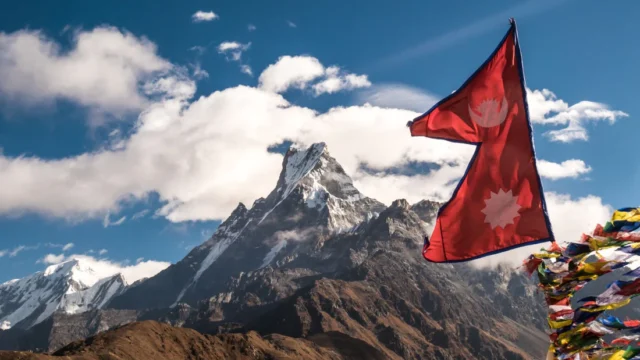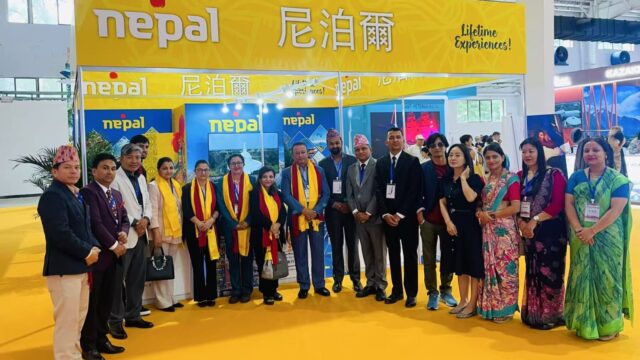Culture, Tourism, and Civil Aviation Minister Badri Pandey has underscored the urgent need for cooperation and coordination in river conservation, stressing that this issue must be taken seriously by all stakeholders.
Speaking at the inauguration of photographer Naveen Baral’s exhibition, ‘Karnali River: Images from Three Countries’, under the ‘Photo Nepal Exhibition’ organized by Nepal Tourism Board (NTB), Minister Pandey emphasized the importance of sustainable development that does not compromise the natural beauty of rivers.
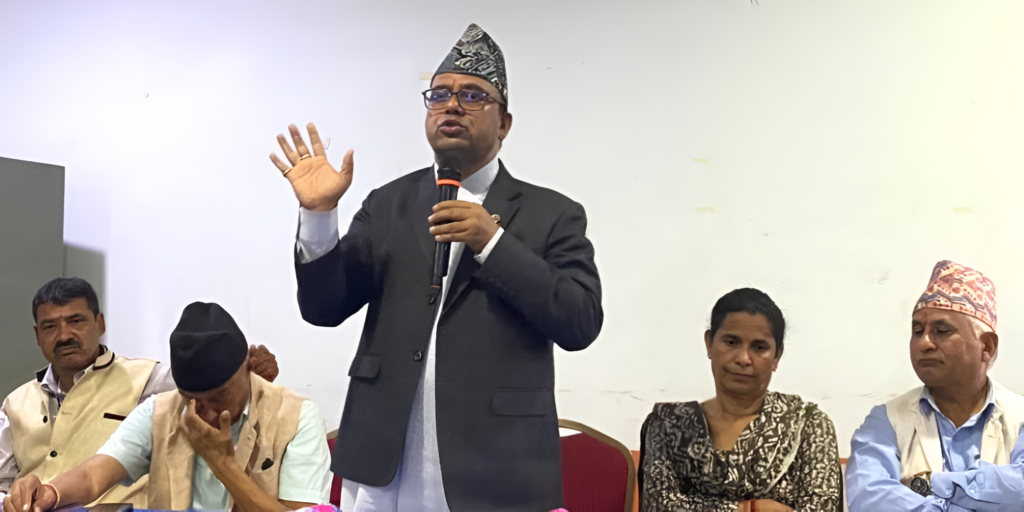
Minister Pandey highlighted the growing threats to Nepal’s river systems, particularly due to unchecked industrial activities along riverbanks. He pointed out that initiatives such as stone crusher industries and hydropower projects have been adversely affecting the natural flow and beauty of the rivers.
“The conservation of major rivers like the Karnali must be a priority. Unregulated exploitation and infrastructure development along riverbanks threaten the delicate ecological balance,” said Minister Pandey. “Rivers are like the lifeblood of the land, interconnected with the geological foundation of our country. Any disruption in their natural state can have lasting consequences.”

Expressing concern over climate change, the minister also noted the visible effects of global warming on Nepal’s snow-capped mountains. He warned that glaciers and snow levels in areas such as the Annapurna Base Camp are rapidly diminishing, posing risks to Nepal’s natural environment and tourism sector.
The ‘Karnali River: Images from Three Countries’ exhibition features breathtaking photographs by Naveen Baral, captured over a 45-day expedition covering 1,080 kilometers of the Karnali River across China, Nepal, and India. These images document the pristine landscapes, cultural significance, and ecological challenges faced by one of Nepal’s most significant rivers.
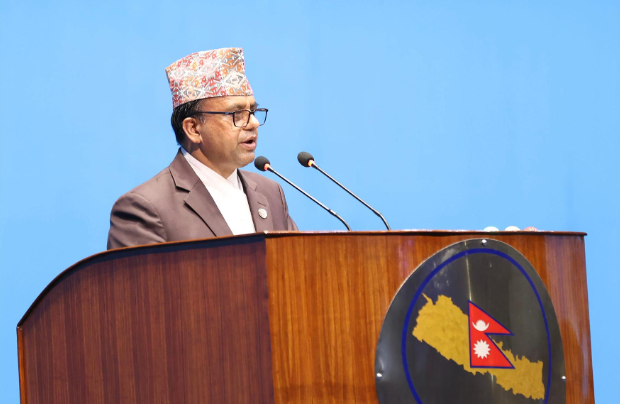
The Nepal Tourism Board’s Chief Executive Officer, Deepak Raj Joshi, emphasized the role of photography in promoting tourism. He noted that ‘Photo Nepal’ is an impactful platform that showcases Nepal’s natural and cultural richness to a global audience.
“Through photography, we can tell compelling stories about Nepal’s landscapes, people, and traditions, inspiring visitors and raising awareness about conservation needs,” said CEO Joshi. “This exhibition highlights the untouched beauty of the Karnali River while also raising concerns about its future.”
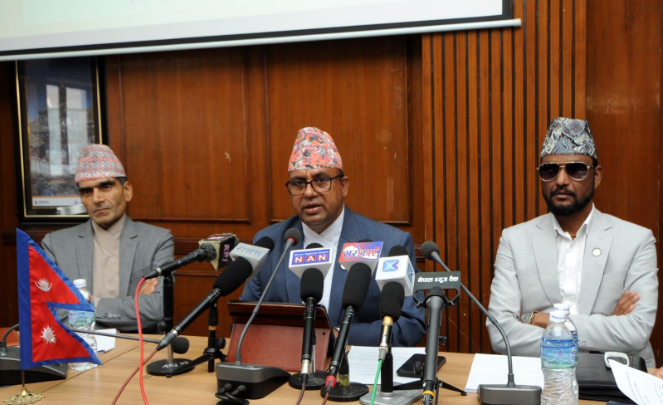
Minister Pandey stressed that Nepal must adopt a balanced approach to development, ensuring that infrastructure projects do not irreversibly damage natural ecosystems. He pointed to the growing need for responsible tourism that respects environmental boundaries.
“The global climate crisis is worsening due to unsustainable industrial activities. Nepal, despite contributing little to global emissions, is facing the brunt of climate change,” he remarked. “The melting glaciers are a warning sign, and we must act to protect our natural heritage before it’s too late.”
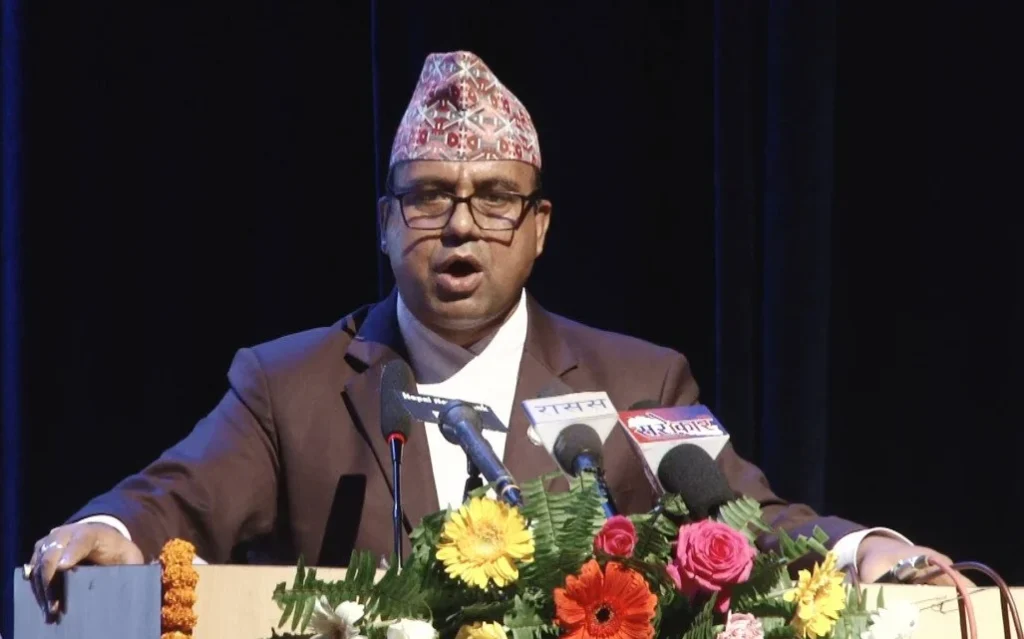
The two-day exhibition served as both an artistic and environmental awareness initiative, reminding attendees of the intrinsic connection between Nepal’s rivers, mountains, and biodiversity. Through Baral’s lens, viewers could witness the transformation of the Karnali River across three nations, offering a compelling narrative about its importance and the need for conservation efforts.
The event drew attendees from various sectors, including environmental activists, tourism stakeholders, and government officials. The Nepal Tourism Board reaffirmed its commitment to using photography as a tool for tourism promotion and environmental advocacy.

As Nepal navigates the challenges of modernization and climate change, exhibitions like ‘Photo Nepal’ serve as crucial reminders that conservation and progress must go hand in hand. The Karnali River, one of Nepal’s last remaining free-flowing rivers, stands as a symbol of natural beauty and cultural heritage one that requires urgent and collective protection.
The ‘Karnali River: Images from Three Countries’ exhibition successfully highlighted the intersection of art, tourism, and environmental awareness. Minister Pandey’s remarks reinforced the importance of sustainable development, urging policymakers, businesses, and citizens to prioritize river conservation. The event not only celebrated the stunning landscapes of Karnali but also sparked crucial discussions on preserving Nepal’s natural resources for future generations.
